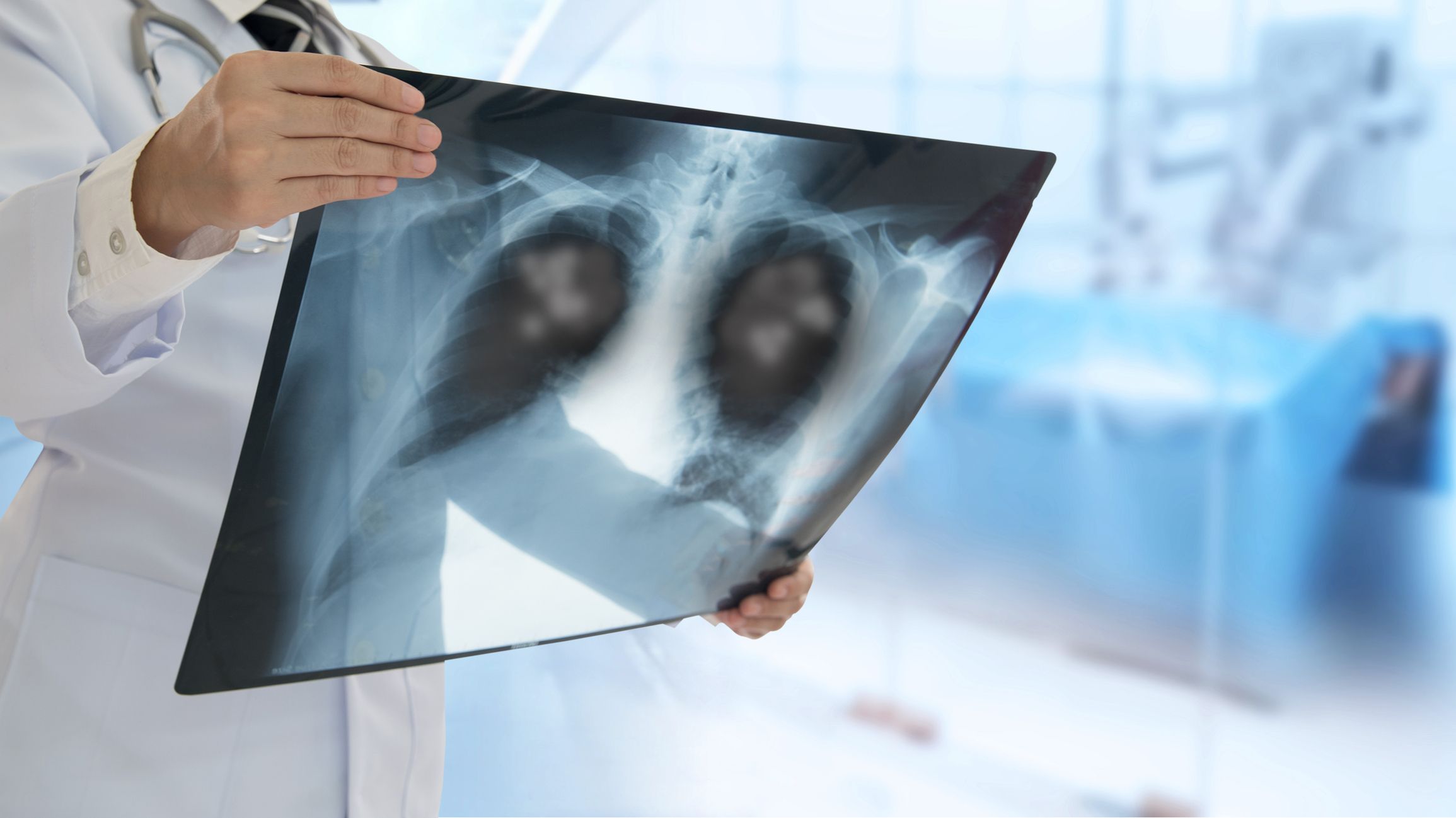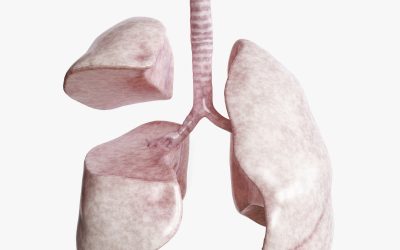

How does a doctor diagnose lung cancer?
Diagnose lung cancer. Chest X-ray, sputum cytology and CT scans are common tests to diagnose possible lung cancer. It is done when a patient has a persistent cough, breathlessness and blood-tinged mucus. If there are any abnormal findings on the X-ray, such as a white-grey shadow, a CT scan will be done to look for lung tumours to identify its location, size and possible spread. A CT scan is able to create detailed images of what goes on inside of the body – internal organs, blood vessels and bones. If there is a tumour present, a CT scan will be able to identify the location of the tumour and its size. It is also able to ascertain if the tumour has spread. Lung biopsy is done to confirm diagnosis, which can be done by:
- a bronchoscopy for tumors found near the airway
- a CT-guided biopsy if the tumour is deep within the lung
Follow us on WhatsApp for the latest updates: https://bit.ly/AsiaMDWhatsAppEN
A bronchoscopy involves inserting a thin tube through the nose or mouth into the airways to observe the inside of the patient’s lungs and air passages, as well as remove lung tissue samples for investigation. A CT-guided biopsy involves extracting lung tissue samples from the abnormal area using a thin needle, which is guided accurately by Computed tomography (CT) imaging. If the biopsy detects lung cancer, a positron emission tomography-computerised tomography (PET-CT) scan is usually used to determine what stage the cancer is at.
Screening for lung cancer
At the moment, a lung cancer screening programme does not exist in Singapore. Individuals considered to be at high risk will need to voluntarily approach their primary health care doctor for referral to a specialist to look for lung cancer.
Diagnose Lung Cancer: Lung Cancer Awareness Video by Singapore Cancer Society – Dr Koh Q&A
However, the United States Preventive Services Task Force (USPSTF) recommends annual screening for lung cancer with low-dose CT (LDCT) scan in adults aged 50 to 80 years who have a 20 pack-per-year smoking history and currently smoke, or have quit within the past 15 years. This recommendation replaces the previous USPSTF statement that recommended annual lung screening for lung cancer with LDCT in adults aged 55 to 80 years who have a 30 pack-per-year smoking history and currently smoke, or have quit within the past 15 years.
This article has been verified medically by Dr Lim Chong Hee, consultant cardiothoracic surgeon at Surgi-TEN Specialists, Farrer Park Hospital (Singapore).
Editor’s note: This article has been edited on March 14, 2021 to include an updated recommendation from the US Preventive Services Task Force on lung cancer screening.




0 Comments